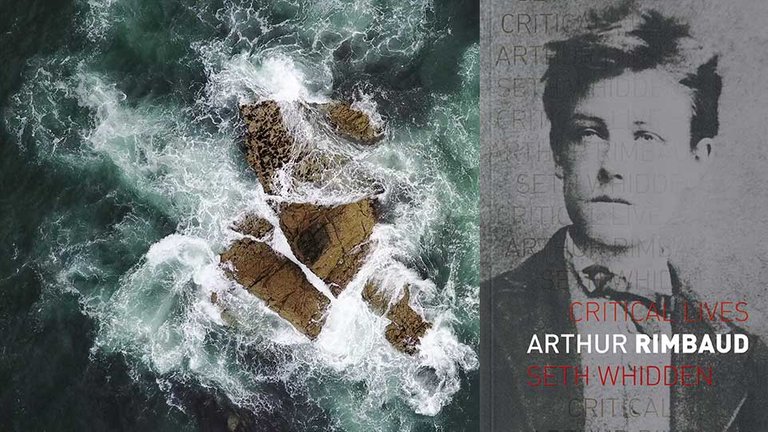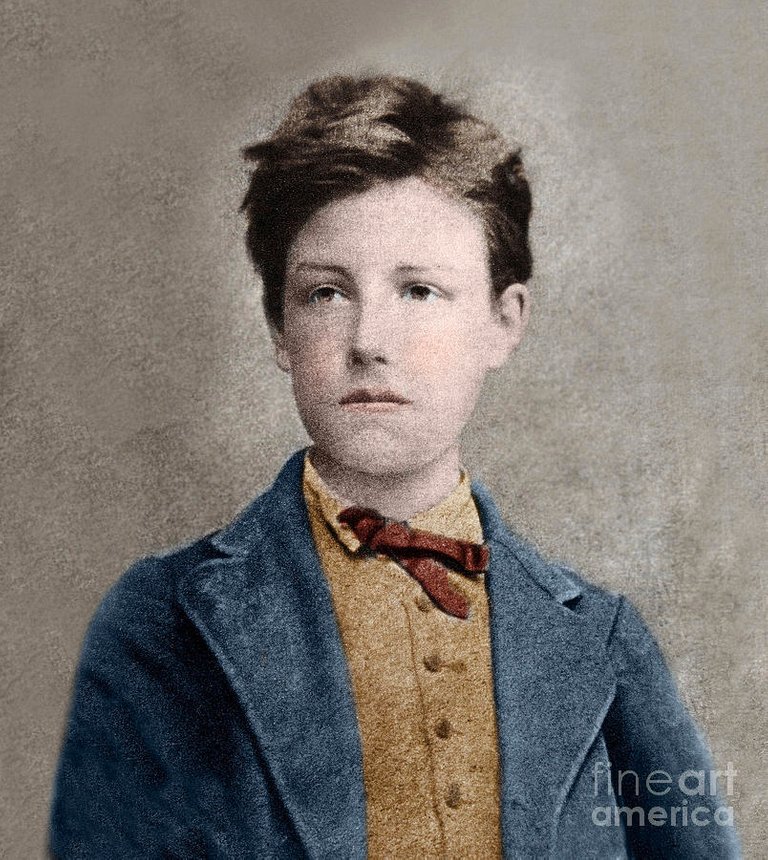Book Review: the life of a cursed, dangerous, mystic French poet 👁

What becomes a legend most? Great talent, suffering, and mystery . . . three ingredients that French poet Arthur Rimbaud possessed in spades. General readers might be familiar with the broad lines of the Rimbaud legend: child prodigy and enfant terrible who, between the ages of fifteen and twenty, revolutionized modern poetry, only to abruptly stop writing at twenty-one, disappear in Africa, and die at thirty-seven.
In Arthur Rimbaud (2018), part of Reaktion Books’ Critical Lives series presenting the work of leading cultural figures, Seth Whidden seeks to fill in the blanks of this enigmatic life. Whidden, professor of French at the University of Oxford and co-editor of a scholarly journal of Rimbaud studies for a decade, loves his subject and knows well the milieu that produced him, demonstrating how the life and poetry of our precocious protagonist inform one another.
In one of his famous letters referred to as the Lettres du voyant (letters of the seer), Rimbaud famously declares, at the tender age of sixteen:
. . . I am working to make myself a Seer. . . . It’s a question of reaching the unknown by the derangement of all the senses. The sufferings are enormous, but one has to be strong, one has to be born a poet, and I know that I am a poet. This is not all my fault.
It is wrong to say: I think. One ought to say: I am thought . . . I is another. Too bad for the wood that finds itself a violin.
Precisely this reckless daring, of one embarking on a tremendous adventure of the Spirit with sublime indifference to its personal cost, is the larger-than-life heroism of Rimbaud that continues to capture our imagination today.
Yet, despite his uncommon achievements, it is difficult not to regard the life of Rimbaud as a kind of cautionary tale or moral fable. Claimed by the surrealists, he was pronounced by their leader, André Breton, as “a god of puberty.”
Perhaps this blasphemous epitaph gets at the pitiable heart of it all: that such an immense gift should have been entrusted to rebellious, destructive adolescence and emotional immaturity—in short, one inadequately suited to it.
As we see in his abbreviated life example, debauchery, eventually, ushers in virtue; but there are less vicious paths, such as patience. Also, might it be that the difference between diabolical and divine inspiration is the duration of pleasure afforded?
Contemplating this almost mythological life leaves us meditating on larger questions, spiritual and existential. Who was Rimbaud? What is the nature of inspiration? Were the sacrifices his vocation entailed worth it? (By this I mean the protracted torment inflicted upon Rimbaud and those in his inner circle).
Could it be that, from the start, the thing he sought, this demon-angel, was always just outside the page? That, after swimming the length of the alphabet, with fine gills and deranging senses, he created an opening for others but a trap for himself? If so, then slipping through those watery bars was imperative, a
chastened mysticism—and freedom to write in the air, to be… human.
To his credit, Whidden offers no easy answers, honoring the fundamental mystery at the core of Rimbaud’s fate and suggesting that the answer to these riddles, and others raised by his extraordinary life, are to be found in his art.

air, to be . . . human.